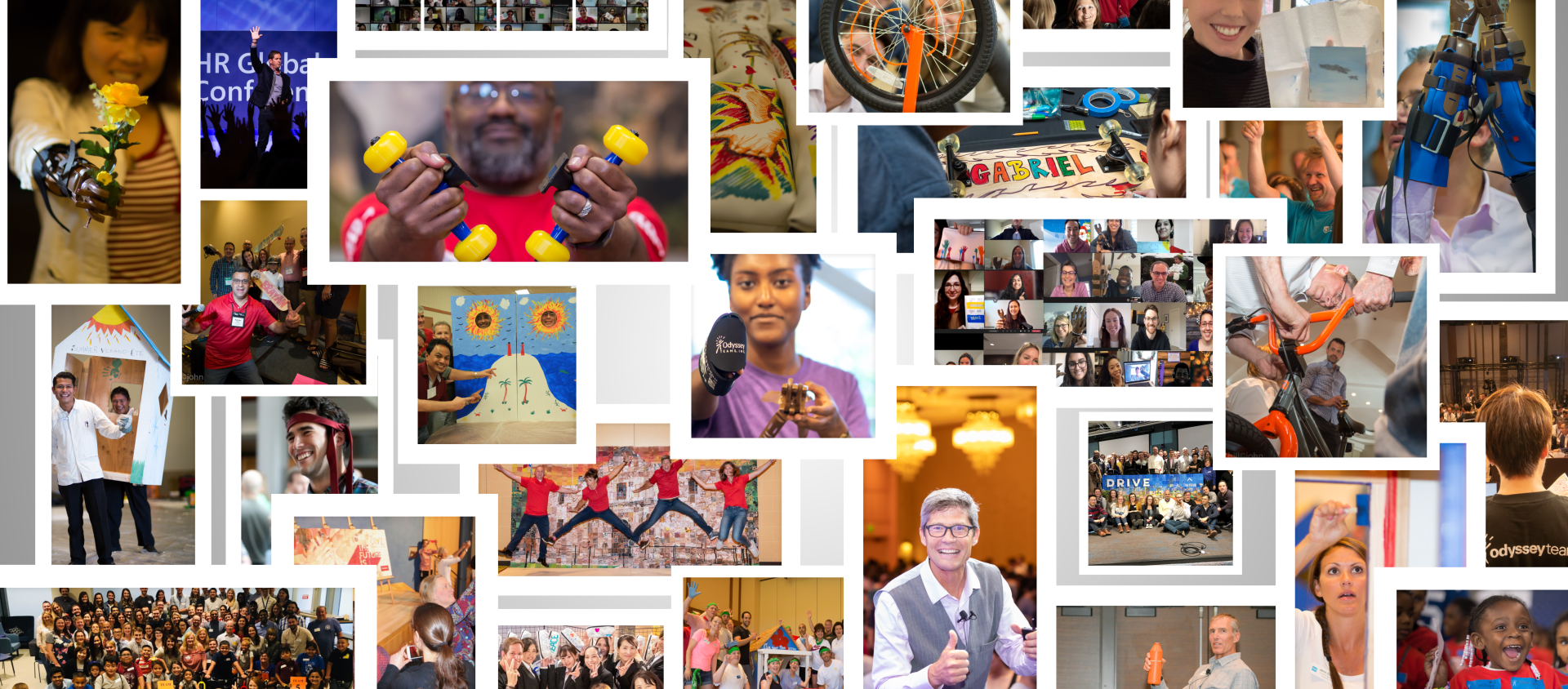Odyssey Teambuilding and Training Updates
Table of Contents:
- Finding Hay in a Needle Stack
- The Nature of Business
- The Science of Giving
- The “Law of the Farm”
- World Class Leaders Primarily Do 3 Things
- Are Pets Welcome Intruders During Virtual Business Meetings?
- The Gift of Perspective – a NEW PODCAST Interviewing Bob Petrello
- Don’t F It Up. Leadership Essentials Are Beyond Essential To Start 2022
- It’s Been A Long Time Coming! We are delivering in-person programs again and are loving it!
- Seven Easy Ways To Increase “Giving Your Best” at Your Company
- Is Your Team Building Something Meaningful?
- Don’t Do Teambuilding
- Training Should Not Be DRAINING! Avoid These Killers
- Should Your Work Matter More?
- Connections Increased, Silence Decreased with Team Mosaic
- Who Is Your Director of Client Success?
- Philanthropy and CSR: Missing Ingredients to Profound Meetings
- Let a Quadruple Amputee Brighten Your Perspective
- Are Your Co-workers Making You Moody?
Finding hay in a needle stack – Lessons from nature
In the early morning, on one of my recent trips to South Africa, we were winding through the bush looking for a leopard that was known to be in the area. Our guide said: “it’s like looking for a needle in a haystack”.
It is the end of the dry season – six months, or more, without the rains. The bush is parched. We ambled along in the game-viewer as the tall, dry grass passed and I thought about his phrase. I was literally looking at the ‘hay’ in that old proverb…
We went around corners and my thoughts did as well. I began thinking how many times I have been hijacked by my need to find the ‘needle’ in life that I’ve missed so much. Too much.
We looked closer into the dry grass and found spider lilies – that bloom for only one day of the year; baby sjambok pod and dwarf lavender, lions-eye; string of stars and sour plum. Our guide, Werner Miller (legendary guide and Manager at Tulela Lodge in the Klaserie), stopped at a common spike thorn and broke off two green leaves and handed one to me and my wife, Amy. He told us to fold the leaf in half (along the width) until we heard it break. He asked if we saw the seam where the top and bottom made a line at the break. We did. He then told us to unfold it back to its full length and squeeze firmly between our fingers along the split for ten seconds. After ten seconds he told us to remove our fingers and look where the leaf had broken. It was gone. It had healed itself through the pressure and some evolutionary adaptation that defied our eyes. He went on to say that the plant is being studied for applications related to healing with particular focus related to skin cancer.
We went looking for a leopard. It eluded us, as they so often do. But we found ‘hay’ everywhere – beauty all around in the landscape and the stories it told. I was reminded, yet again, not to be hijacked by the pursuit of a ‘needle’ when there is so much beauty in the ‘hay’ itself.
We are heading out again shortly and I’m already dreaming of what we will find in the tall dry grass – maybe a flower we’ve yet to see, or a leopard.
Written by Bill John, CEO and Co-Founder of Odyssey Teams. Bill has a NQF2 Safari Guide qualification, Advanced Snake Handling certificate and level two Tracks and Signs in Southern Africa. His nature photography can be found @billjohnphotography on Instagram.
The Nature of Business: Adaptation, inspiration, collaboration, and other lessons from nature
The dung beetle can push a ball of dung 1,149 times its size. It is the strongest animal, pound for pound, in nature. It inspired us to invent the wheel and learn the laws of hydraulics and now one person can operate a train engine that can pull 12,500 tons (25 million pounds). That is 182,481 times the average weight of a human! The cheetah can hit 76 miles per hour. Andy Green broke the land speed record in 1997 in a twin turbofan jet-powered car reaching 763 mph. The fastest bird is the peregrine falcon reaching 240 miles per hour in a dive. Pete Knight hit Mach 6.72 (4,520 mph) in The X-125 fighter jet in 1967.
The species above are born with the adaptations within their individual beings for such power and speed. In contrast, humans require each other to create the power and speed to be successful.
Humans require collaboration. If collaboration is defined as the speed of which a species passes along knowledge, we have the highest marks in all the animal kingdom. And yet, our future depends on an acceleration of knowledge that is beyond the pre-wiring of even our best selves, as a collaborative species.
In Southern Africa, there are 27 different species of fig trees. There are exactly 27 different species of wasps who pollinate those figs.
The interconnectedness of nature is too profound to ignore and many of us are aware that we are in jeopardy. There are seven billion of us. The worldwide average weight of a single human being is 62kg (137 pounds). The red-billed quelea is the most numerous bird on the planet. They weigh a mere .62 of an ounce and are seed-eaters. There are five billion of them. Think of the biomass required to sustain five billion little red-billed quelea compared to the biomass required to sustain seven billion of us. How are there more humans than the most numerous bird on the planet?
Business IS interested in this answer. We are seeing more evidence every day of companies looking inward. Asking questions about how to bring out the best nature in each employee and being better stewards of the land, resources, and communities in which they operate and depend. The interconnectedness humans have to each other, nature and their organization is inspiring. People can help each other be successful; we can collaborate and serve each other if we are more deliberate than reflexive in our own nature. Odyssey Teams is dedicated to investing into the collaboration of teams and service to the global community. Our programs are inspired to develop interpersonal, business and global connection between the seven billion humans on our planet.
Written by Bill John, CEO and Co-Founder of Odyssey Teams. Bill has a NQF2 Safari Guide qualification, Advanced Snake Handling certificate and level two Tracks and Signs in Southern Africa. His nature photography can be found @billjohnphotography on Instagram.
The Science of Giving
Why does giving feel so good?
I bet you have a fond memory of a gift you’ve received; maybe a new bike when you were a child, or an extra vacation week as an adult. Let’s explore the science of giving and receiving, and how giving a bike or a skateboard in our Life Cycles or Board Meeting programs can change the chemistry of your team.
The human body releases “feel good” hormones for multiple reasons. When we eat, our body releases Serotonin and when we workout, our body releases Endorphins. When we are in nature, our body releases Dopamine, and what is released when we give or receive gifts? Oxytocin!
Oxytocin is a fascinating chemical released when we interact with the people around us. Best of all, giving to people around us is an Oxytocin overload. Giving time, giving a hug, giving a bike, skateboard or hand are guaranteed ways to maintain the chemical health of your team.
Odyssey Teams produces programs that leverage the power of these four chemicals to provide what your team is craving. Serotonin, Endorphins, Dopamine, and Oxytocin are all part of a balanced cultural diet for organizational dedication, innovation, connection and success within your teams.
As you approach the end of the year, invest with us to increase the chemistry of your team, and launch into 2023 with the science of giving.
Is Your Business Run by the Law of the Farm?
The “Law of the School” says you can cram the night before the test and still get a passing grade.
Although some short-term successes can be achieved with this law, can you imagine a farmer cramming the night before harvest and expecting to enjoy an abundant yield the following day?
Does your team think you can cram the night before you need trust, respect, collaboration or a healthy culture?
The “Law of the Farm” says you must prepare the ground, plant the seeds, cultivate the soil, and provide water and sunlight if you expect to reap a future harvest. The “Law of the Farm” demands time and attention, but can unlock a compounded return on your labor and next level success.
Spring is upon us, flowers are blooming, farmers are caring for growing crops and companies are finally having face to face meetings after the long COVID winter. Now is the time to plant the seeds, pull the weeds, cultivate the soil and prepare the best environment for the future harvest you need to succeed.
Let’s address some of the ways you can prepare your team to be their best by applying the “Law of the Farm” to your next meeting.
#1. Pull the weeds:
Frustration, negativity, skepticism, confusion, conflict, and selfishness for example are naturally occurring forces in the universe. Like weeds in the garden, we don’t need to plant them, they just appear and need to be addressed if possible. Don’t ignore the weeds or they will grow and take over your garden. Keep in mind, weeds grow best in healthy environments. They come with the territory if you have passionate and invested people who care deeply about their job, the organization and the mission.
#2. Cultivate the soil:
The ground needs to be tilled to accept the fertilizer and water, which in turn will create the best environment for your plants. People have been isolated for two years and there has been some hardening. Give them time to share, express, vent and ask questions before planting the seeds of next year’s goals. If they have not been softened or prepared, the seeds will fall on hardened soil and will not grow.
#3. Prepare for external forces:
Predators, fungus, bugs, and inclement weather are all things that can threaten your harvest. Spend time with your team discussing the things that are out of our control, but we can be prepared to overcome. Farmers spray for bugs or fungus, build owl boxes to hunt predators, have giant sprinklers or fans to defend against frost and construct huge netting systems to keep out birds. What are you doing to defend your harvest against external competition, market trends, negative publicity, price wars or other known threats?
#4. Pick what you want to grow:
Imagine buying a plant without knowing what it will produce. When you select a type of tomato to plant the package has a picture and description of the kind of tomato it will produce. If you don’t like tomatoes, you most likely will not care much for the plant and it will not thrive. If you love that kind of tomato, the work necessary will be done with passion and care. Take time to express in great detail what you and your team are trying to accomplish or grow. Allow them to personally feel how much each of them will benefit and enjoy the fruits of your labor if you are successful in achieving a harvest.
#5. Understand your lifecycle:
Some plants grow quickly and produce fruit in a matter of months. Some plants take years to begin to produce a harvest. Understand what you are trying to grow and how long it will take to see results. To develop a brand that is trusted and respected in the marketplace can take years to grow. You can put a team together in a matter of weeks, but for them to become a well-balanced, interdependent, collaborative team can take much longer. Set realistic growth expectations for the seeds you have planted and stay vigilant to protect your investment.
Watch the video below for more on how to produce an optimum yield with your team:
Since 1992 Odyssey Teams has been helping organizations create the best environment for long term growth and an abundant harvest.
Written By: Lain Hensley, COO/Co-Founder and Head Dream Chaser
World Class Leaders Primarily Do 3 Things
“There’s a lot going on” – a phrase I have been hearing more and more.
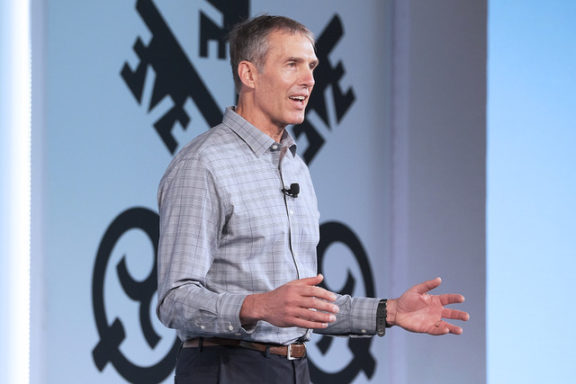
During my time with the Human Potential Project, a mentor of mine asked us, “What do world class leaders do?” The usual suspects of answers were shared – leaders inspire, align, delegate, decide, drive etc.
Then the question posed was “What do they really do?” Blank expressions followed.
After a long pause my mentor shared the notion that world class leaders primarily do three things: Center, Listen, and Speak …in that order.
Center
- Present = Set aside what just happened or what is next or what may occur.
- Open = Open to perspectives, possibilities, and opportunities.
- Connected = to whom you are with, where you are, what you are feeling (physically, emotionally) and breathe.
Listen
Speak
In Conclusion
More often…lF leaders do any of these, it tends to be in the opposite sequence. This can lead to a less than optimal mood on your team, misaligned next steps, diminished relationships and reduced trust.
Most people want to feel included, heard, and respected as well as be a contributing part of a high performing team. Leaders that Center, Listen and Speak more often than not build individuals, teams, and businesses where loyalty, trust, support and accountability are a step up from the standard.
I was recently reminded of the importance of Center, Listen, and Speak when a colleague gave a recap of a recent program they lead. This facilitator had “a lot going on”. One of which is eminent, challenging and emotional. As they walked up on stage to begin the program they paused, realized that they were not centered and to pretend otherwise wouldn’t be conducive nor authentic for a successful program. So they Centered, Listened and Spoke. Having done so the energy in the entire room shifted and a powerful, memorable, valued filled program was experienced by all.
There’s a lot going on. I believe we are all leaders in someway and we could all put the ability to Center, Listen, and Speak into practice with those we work closely with, those we love, and those we’re just meeting.
Written By: Todd Demorest, Chief Facilitation Officer
Are Pets Welcome Intruders During Virtual Business Meetings?
Recently, we were doing a virtual teambuilding activity when my coworkers cat came bounding onto her screen. She apologized and quickly moved her feline out of view.
That little cat-cameo changed the mood of the meeting and we began talking about the impact our pets have had on us, on our virtual teams, and on our business over the past year and a half.
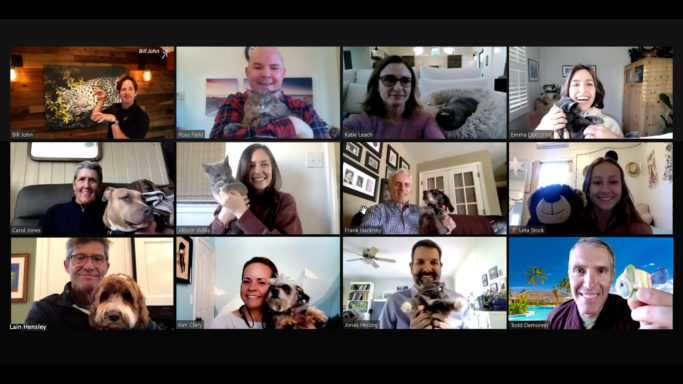
We were curious and asked our social media followers to answer this short survey:
- How often does it occur and what has been the impact of pets in virtual business meetings?
- Is it a pet-peeve or a welcome distraction seeing a cameo cat or a disruptive dog on-screen?
Read this article to see the survey answers.
The Gift of Perspective – a NEW PODCAST Interviewing Bob Petrello
We hope this latest You Go First episode with executive coach, paradigm bender and glass ceiling breaker Bob Petrello will help you find your way in the new year and be a gift that keeps on giving.
The business of giving is all year long.
For 30 years we at Odyssey Teams have been in “The Business of Giving”. True, we have built and donated thousands of bikes, prosthetic hands, skateboards, playhouses and other physical items with our clients, but we also we like to focus our work on giving knowledge, perspective, gratitude, time, feedback and a transformational experience. The ROI is massive and the impact is personal.
What will you be giving your team when the clock strikes midnight and 2022 enters the room? What gifts can we find in the challenges of 2020 and 2021? What can we do to help you examine your paradox and find peace in the process?
Don’t F It Up. Leadership Essentials Are Beyond Essential To Start 2022
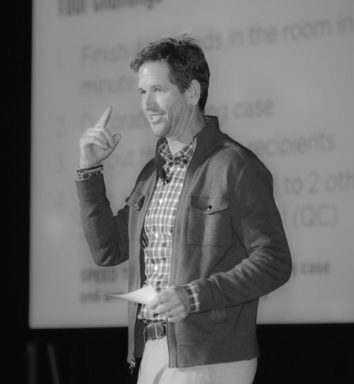 While studying Financial Management in college, I F’d up a few times. The ‘F’ on my report card was the result of complacency rather than competency (or potential competency). At Odyssey, we often talk about the difference between being deliberate vs. reflexive. Reflexive is akin to complacency or lack of self and/ or team awareness.
While studying Financial Management in college, I F’d up a few times. The ‘F’ on my report card was the result of complacency rather than competency (or potential competency). At Odyssey, we often talk about the difference between being deliberate vs. reflexive. Reflexive is akin to complacency or lack of self and/ or team awareness.
There is an unprecedented opportunity for leaders at all levels to have a massive impact on culture, revenue, and growth in 2022, and having a reflexive approach is not going to cut it. You will need each person on your team to be more deliberate in their approaches to communication, alignment and empathy as well as taking the time to learn how to be purpose-driven and customer-centric.
2022 should start with this conversation at every level of your organization. If you have a robust plan, Odyssey’s customizable Leadership Essentials program will give you the experiential components and facilitation to compliment your approach.
If you are in need of a broad plan for leadership and team development, don’t sweat (too much), but don’t be complacent. It’s time to be deliberate.
It’s Been A Long Time Coming! We are delivering in-person programs again and are loving it!
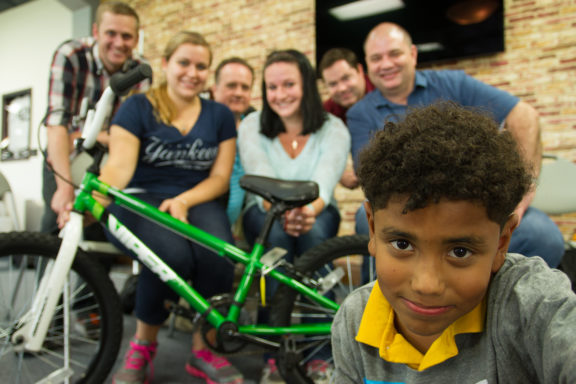
We’ve been patient, resourceful, flexible, hopeful and the wait is finally over!
We are delivering in-person, face-to-face (or masked face-to-masked face) programs again and we are loving it! Our client partners are too.
The past couple of months we’ve done in-person versions of all of our top shelf offerings. The results are as rich, relevant and meaningful as they ever were – maybe even more so now with everything that has been going on the past 18+ months.
If you’re interested in learning more, click here for the full story of how bikes & kids have changed the CSR & ’team building’ world forever.
Seven Easy Ways To Increase “Giving Your Best” at Your Company
Are you wondering how your company can inspire team members to remember the WHY of their work?
This article by COO/ Co-Founder Lain Hensley talks about how launching a give back program will help team members feel they are an integral part of the company’s success.
Is Your Team Building Something Meaningful?
Something unique happens when a person builds something; a model airplane, a garden, a scrapbook, a prosthetic hand…
Training Should Not Be DRAINING! Avoid These Killers
Leadership or Team Culture & Development Trainings runs the risk of ‘circling the drain’ or producing lackluster results if any one or more of the following is not considered.
Death by PowerPoint.
Many presenters – especially those who aren’t used to public speaking – will hide behind PowerPoint slides. Be sure presenters know how to use slides to reinforce their dynamic message, instead of being the message itself.
Nothing to Feel
Engagement suffers when people aren’t challenged to feel something. Great presenters use metaphors, hands-on experiences and ‘simulations’ to wake up participant’s senses.
Lack of “What’s in it for me”
A good presenter always weaves the question ‘how does this benefit YOU?’ into their presentation. Your training curriculum should be designed with this question in mind. People support that which they create. Asking the right questions helps participants feel like the answer is something they’ve created and that there is something in it for them.
Making training inspiring, relevant and memorable is simple. Give participants something to THINK about, something to FEEL and something to DO.
Include these ideas in your curriculum along with ‘what’s in it for them’ and you’ll avoid the draining of training.
Should Your Work Matter More?
If you sense untapped purpose-driven potential in your team or organization, we encourage you to consider the Build-a-Hand program.
The experience is a metaphor for ‘product’ and ‘customer’. It is a dramatic opportunity to think deeply, or more importantly, feel deeply about the impact your products, services, client interactions and teamwork has on the quality of your work.
If you have already participated in the Build-a-Hand program, THANK YOU! The collaboration between you, Odyssey Teams and The LN-4 Prosthetic Hand Foundation has resulted in over 60,000 hands distributed to amputees at no cost to them, in over 80 countries.
Help us build and distribute 60,000 more while improving teamwork, communication and overall job satisfaction in your team or organization.
In the past two weeks alone, we’ve shipped:
- 150 hands to Nigeria
- 100 hands to Myanmar
- 25 hands to Zimbabwe
- 25 hands to Kenya
- 6 hands to Cambodia
- 6 hands to Indonesia
Each one of these hands has a story. Like this boy named Shivkumar in India. Watch the first words he writes with his new prosthetic hand.
Connections Increased, Silence Decreased with Team Mosaic
If you are a parent, you have seen firsthand how the virus has impacted your child’s mental health. If you are a manager, you have seen the impact virtual work has had on your team’s culture and connection.
Last week, Odyssey adapted our Team Mosaic program to address the mental health needs of more than 600 students and 200 business leaders in the Butte County area. The mental health summit was focused on Ending The Silence and helping students in crisis get the help they need and feel the support of their community leaders.
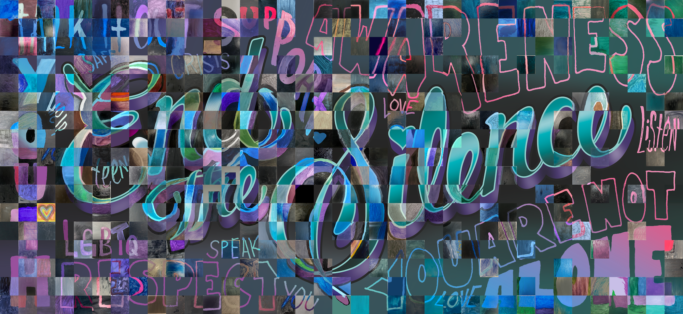
Who Is Your Director of Client Success?
suc·cess /səkˈses/ Success is defined as the accomplishment of an aim or purpose. You are well aware that your personal success is tied to your ability to help your clients/customers achieve theirs.
Take a minute right now and write down three things you are trying to accomplish that are directly tied to your clients success. The synergy of mutual success is the gravity that keeps the world of business spinning and binds people together.
How can you help drive mutual success in a virtual world? Watch the video below to receive a few practical tips.
Philanthropy and CSR: Missing Ingredients to Profound Meetings
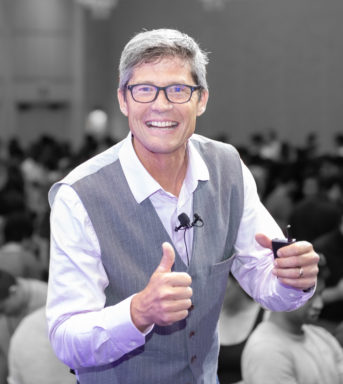
Whether it’s virtual, hybrid or in-person CSR, Lain Hensley’s five tips featured in Smart Meetings will help you create the most value possible as you plan, or even attend, your 2021 events.
- Bring your values with you wherever you go. If the meeting doesn’t exhibit the values a company claims to support, the connection for the employees won’t be made, either.
- Allow the team to see the full life cycle of its product. Produce a philanthropic product from beginning to end and show your team the impact it has on the final recipient and relate this to the impact each individual has on your customers.
- 100 percent participation from company leadership. Witnessing the passion and engagement of management will inspire and drive change in employees.
- To capitalize on the strong emotions of the meeting, companies need to follow it up by ensuring the day-to-day work of the company is framed in the way it contributes to your internal and external communities.
- Make the meeting mandatory. It is important that your event not be thought of as optional. The activities need to be engaging and meaningful and the entire event must respect the participants’ time.
Click here to read the full article.
Let a Quadruple Amputee Brighten Your Perspective
Perspective isn’t the only thing, it’s everything!
Carol Ann’s story is a good reminder that so much of our lives are the result of how we choose to proceed regardless of the challenges we face.
Her story was sent to us by an LN-4 Prosthetic Hand Foundation ambassador in Singapore where she will be receiving two LN-4 prosthetic hands built by caring clients during a Build-a-Hand program.
I dare you to watch and consider how your perspective might change
for the better.
Are Your Co-workers Making You Moody?
Unless you’re the hiring manager, you did not choose your coworkers. And yet, you spend more time with them than your family (about 90,000 hours over the course of your career)!
Moods are contagious. They permeate throughout an organization via one person at a time and quickly followed by entire teams, business units, and onward.
As a member of a team, it is your job to manage your mood. Be aware if your mood is adding to or taking away from what is ultimately possible for the team.
Being accountable for your mood requires an awareness and willingness to check in and ask yourself, “Am I in an unproductive mood of uncertainty, resignation, being overwhelmed or feeling resentful?”
Read this article for three major ways to shift a mood.

